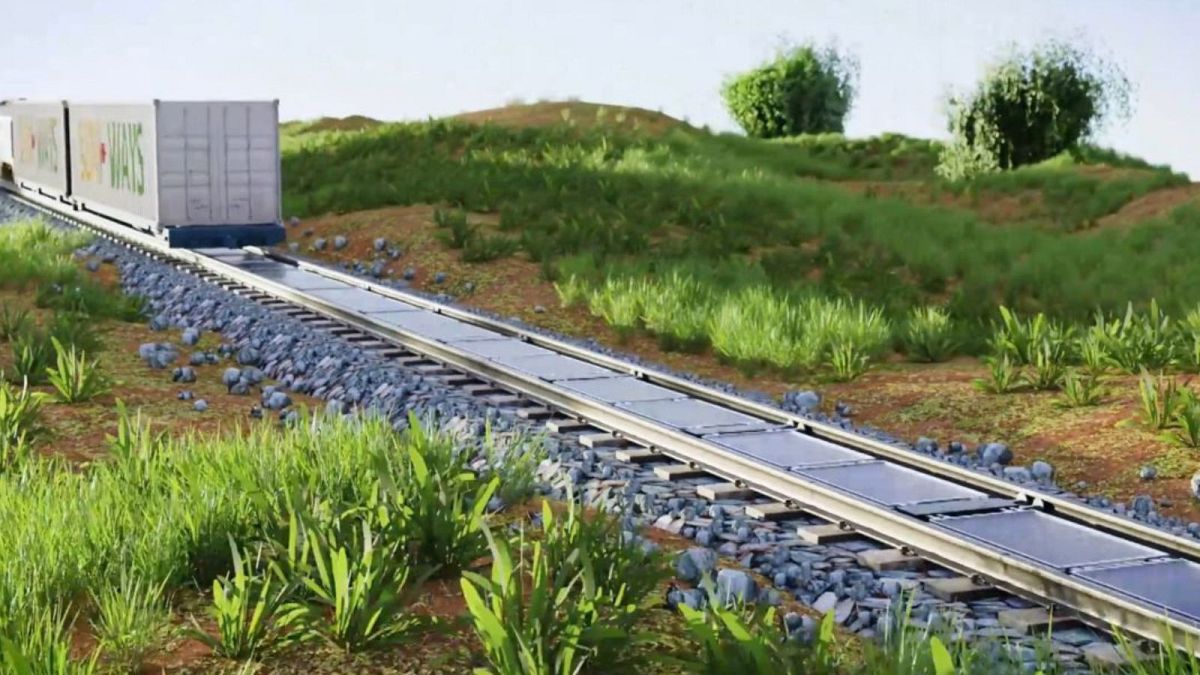I’m all for putting solar panels all over the place, but won’t these get dusty and oily and need loads of cleaning after trains pass over?
Also, costing €623,000 over three years sounds rather expensive for just 100m (although that roughly equates to 11KW).



Because none of that unused land is set up to allow a machine to easily roll over it and automatically place/replace/clean the panels. Putting panels between the tracks means you get that for free, as the tracks are there anyway, and are already have electrical infrastructure all along their length.
The point of the experiment is to see if those benefits end up outweighing the presumably higher chance of panels getting damaged. In the worst case it ends up not being worth while and there isn’t a huge loss, in the best case we end up being able to add a bunch of additional solar capacity without having to build much new infrastructure or cover any previously unused land.
And it would be trivially easy to have a train run over the tracks to clean the panels, there are already trains which use compressed air/sandblasters/lasers to remove leaves and stuff from the rails. Just add a few more compressed air nozzles in between and boom, all your panels are now clean.
Okay, finally some valid points.
The problem is that it’s just better to put the panels some meters on the side, or better yet, elsewhere. Electronics and solar panels just don’t like the vibrations from 1000 tonne trains making them vibrate all day long.
I also think you wildly underestimate the simplicity to have some sort of automatic, or semi automatic “train” installing those panels. Removing the bad ones etc.
It all boils down to, is it economically viable?
It just adds costs, the cost of setup, the cost of running it, also it will most probably not function as many years, when they are dirty they will produce less. So only more expensive.
Also, how are you going to transport the electricity along hundred of kilometers of panels laid out as a string? Low voltage is secure but lossy. Have power stations that inject it in the 20.000 volt lives overhead? More costs.
If we lived on a very small planet filled with trains, maybe Solar Trainways TM would have a chance, here on planet earth, not so much.